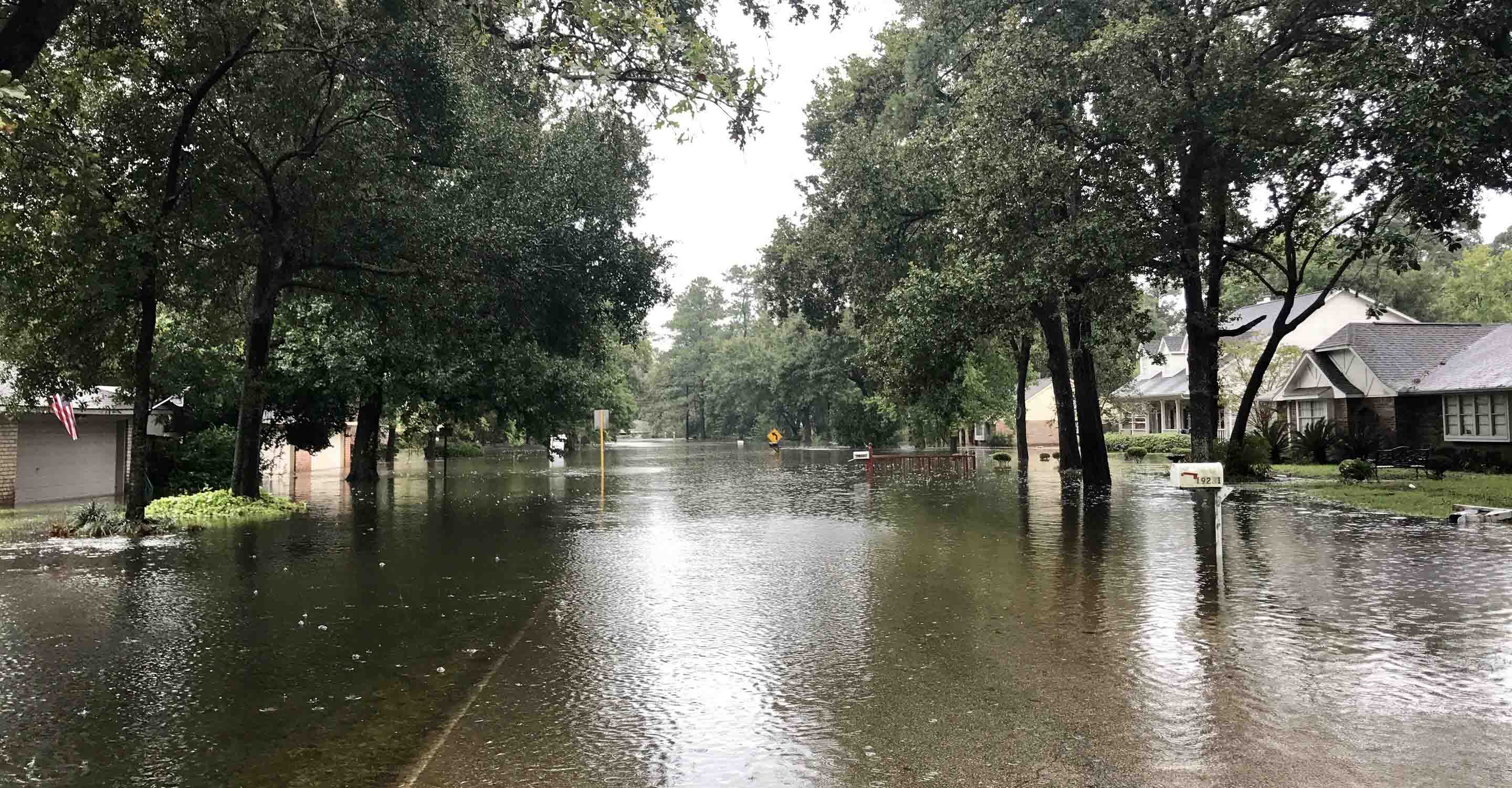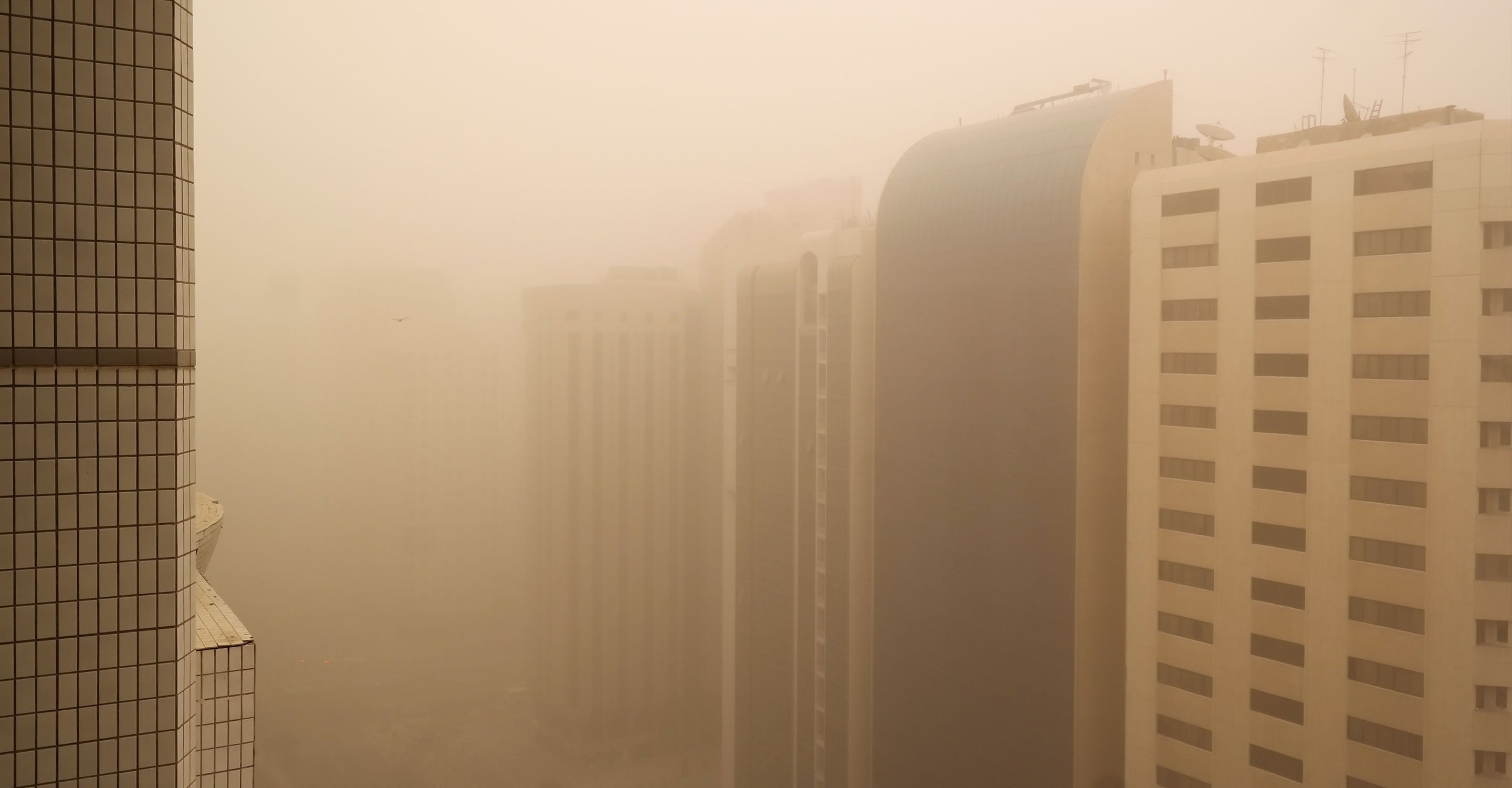Najafabad air quality map
Live air pollution map of Najafabad
1.8K people follow this city
Full screen
Contributors category
0
Government
0
Educational
0
Non-profit organization
0
Corporate
0
Individual
0
Anonymous
Station(s) operated by

*IQAir’s AQI data modeled using satellite data. Learn more
Health Recommendations
| Sensitive groups should reduce outdoor exercise | |
| Close your windows to avoid dirty outdoor air GET A MONITOR | |
| Sensitive groups should wear a mask outdoors GET A MASK | |
| Sensitive groups should run an air purifier GET AN AIR PURIFIER |
Najafabad does not have air sensor data
Be the first to measure and contribute air quality data to your community.
Understand air pollution and protect yourself
Najafabad MAP AIR QUALITY ANALYSIS AND STATISTICS
How much valuable information about air quality is there on the air pollution map for Najafabad?
There is a huge amount of very interesting information about air quality on the air pollution map for Najafabad and it is very easy to find. The air pollution map acts as a link to a new set of pages which are filled with all the latest facts and figures about air quality in that region.
When the first page opens, the viewer will be met by a solid colour to the map’s background. This is a direct indication of the current level of air quality. The colours can range from pale green to dark maroon and are standard across the whole IQAir website. Their meanings are explained in the legend at the foot of the page.
Sometimes there will be some coloured discs scattered across the map which represent the sites of the ground-level air monitoring stations. These stations would normally supply the data regarding air quality, but not all cities have these and instead, rely on information gathered by overhead satellites for their air quality data. In the centre of each disc would be a number which is the United States Air Quality Index reading or US AQI for short. It is calculated by measuring the levels of six of the most prolific pollutants found in city air. These are usually both sizes of Particulate Matter (PM2.5 and PM10), ozone, nitrogen dioxide, sulphur dioxide and carbon monoxide.
After this US AQI reading has been recognised it is used as a standard when comparing air quality in different towns and cities across the globe. The whole system has the full backing of the World Health Organisation (WHO).
Returning to the main city page, it can be seen in the coloured banner running across the top of the page that at the time of writing in May 2023, Najafabad was experiencing a period of “Moderate” air quality with a US AQI reading of 57. The background colour of the banner also shows this and the asterisk to the right of the figure shows the viewer that the information is modelled on satellite information.
The main pollutant was found to be PM2.5 with a recorded level of 15.1 µg/m³ (microns per cubic metre). At this level, the PM2.5 concentration is over three times the suggested target limit of 5 µg/m³, as recommended by the WHO.
Is there any more captivating information about air quality on the air pollution map for Najafabad?
There is a lot more information to be gleaned from the air pollution map for Najafabad. At the top of the opening screen is an icon which needs to be selected to reopen the next set of pages in “Full screen” mode. All information will now be easily seen.
Down the left-hand side of the page will be seen a list of four options which can all be disabled individually to see the effects they each have on the map.
The first option would show the locations of all the ground-level air monitoring stations there are in and around the city. However, as already stated, Najafabad relies on data from satellites and has no such physical stations.
Option number two reveals the positions of any wildfires there are that are burning out of control in the region. There were some fires burning to the north of Sedeh Lanjan but the prevailing winds will carry the ensuing smoke away from the city. This information about the speed and direction of the wind can be found by looking at option four.
Option number three changes the background colour of the map to indicate the current state of the air. If the quality is poor, the map will adopt a set of dark colours which could be possibly distracting. If the colour is too dark, the option can be deactivated and the map will then revert to a more subdued palette.
The remainder of the information can be found on the right-hand side of the screen. This takes the form of a table which lists the top seven most polluted cities in the world, according to their US AQI figures. There is also a full ranking section which shows the rest of the world cities in descending order of cleanliness.
Can the source of the polluted air be seen on the air quality map for Najafabad?
Whilst it is not possible to see the actual source of the air pollution on the air quality map for Najafabad, it is proven that the main factors of fixed sources of fuel consumption, such as factories and workshops and residential units, and mobile sources of fuel consumption such as cars, engines and all vehicles that use fossil fuel, are considered to be main polluters.
The reason for the formation of air pollution is the same issue known as air inversion. An air inversion occurs when layers of warm air form above cold air at ground level. In such a situation, the stability of the air is created and instead of having a decrease in temperature with the increase in altitude, there is an increase in temperature up to a few hundred meters from the earth's surface with the increase in altitude. This phenomenon causes the flow of air to be disturbed from the surface of the earth to the heights and the air becomes stagnant.
PM2.5 and PM10 are often quoted on the air pollution map for Najafabad, but what are they?
PM2.5 particles are 2.5 microns or less in diameter (100 times smaller than the diameter of a human hair) and are so small that they can penetrate even the smallest air passages of the lungs and enter the bloodstream. These particulates generally result from activities in which fossil fuels such as oil, gas, and coal are burned, including automobile traffic, metal smelting and processing, power plants, and the like, as well as the burning of organic matter in fields and forest fires.
Both PM2.5 and PM10 particles are harmful to health, but PM2.5 is much more dangerous because it penetrates deeper into the lungs and is caused by more toxic substances (such as heavy metals or carcinogenic organic compounds).








